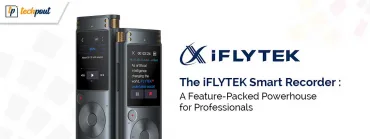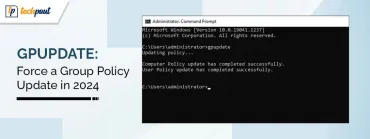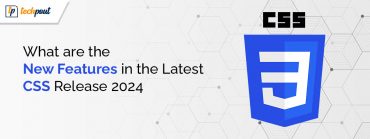MVP: What is it, and What are the Advantages

The concept of startups in most cases involves the creation of software that would satisfy certain user requests. However, the process of developing a solution requires a lot of effort and time. It can last for several months, and sometimes longer. If a software product is needed in a shorter time frame, it is worth considering the possibility of creating an MVP. In this article, we will consider what this service is and why it is important for startups.
What is an MVP and when should you order the service?
When introducing their product to the market, every startup owner expects that it will be valuable to users. That is why the team does everything to study the current situation, the requests of the target audience, opportunities, and other aspects as much as possible. The startup consulting service helps to increase the efficiency of this process. Specialists conduct an in-depth analysis of all areas of activity and, based on the received data, advise on creating a business plan.
With a concrete plan of action and an understanding of the aspects to focus efforts on, you can proceed to the creation of an MVP. This is the name given to an early version of a software product that is fully usable but does not contain all possible functions. This is the basis for determining the value of the product to potential users.
A minimum viable product is especially useful for startups. After all, launching a clean basic version allows you to determine the attitude of users to the product, possible weak points, and the level of its effectiveness. Based on the received feedback, you can draw certain conclusions and, if necessary, make adjustments to the software.
Why choose MVP?
A minimum viable product is something that allows you to significantly reduce the risks when launching software. Thanks to the use of the solution, you can test the software without making serious efforts. There are other benefits of using MVP as well.
Checking the market situation
For a startup, it is very important whether the software product will benefit users. MVP allows you to test this before launching full software. By presenting the minimum viable product to the audience, you can determine if there is a demand for it. In addition, with the help of MVP, you can determine the main characteristics of the target audience and use this information to improve the final software.
Capture your niche faster
Creating an MVP allows you to enter the market faster than competitors in a certain niche. This provides several significant advantages, including attracting the attention of a larger number of users. While other companies are working on developing a full-fledged application, you will be able to present a real product to potential users. This approach will allow you to win more trust and achieve the desired results faster.
Getting feedback
For the software to be able to ensure that users’ requests are closed, it is necessary to know exactly what they are interested in. MVP development will also help to learn about this. Thanks to the implementation of this solution, real customers get the opportunity to use the main functions. Based on their experience, they can provide feedback to developers that will be valuable information for improving the core software product.
The possibility of conducting several tests
Almost no one succeeds in creating a successful software product that will appeal to the audience for the first time. After all, even the most modern methods do not allow us to accurately identify which product will be of interest to users. That is why most inventors resort to the testing method. MVP is a great solution for this, as it helps to run multiple tests with minimal cost.
Conclusion
MVP is one of the effective solutions that allows startups to take a serious step on the way to success. Developing a minimum viable product allows for testing, feedback, and user interaction. All this is available at a minimal cost because the MVP is a simplified version that contains the basic set of functions necessary to close requests.


